“Global” reflects the nuance of culture and language, “Universal” assumes that one size fits all.
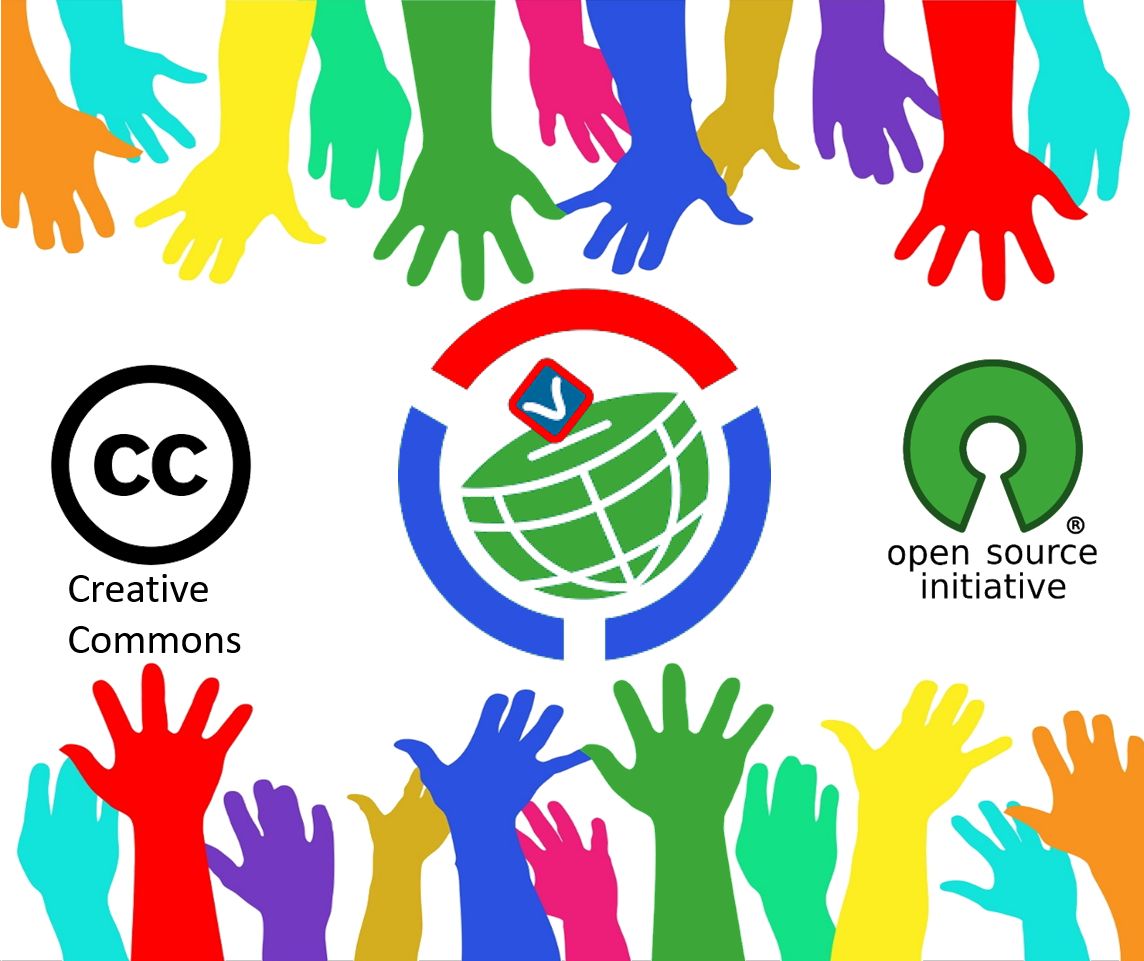 Working with UNICEF and the AAC Cohort is one of the most exciting things we have been doing recently. We have had telemeetings with lots of discussions about opening the world of AAC symbols to the widest possible audience. Topics have ranged from different open licences such as Creative Commons and open source software to what it takes to develop Alternative and Augmentative Communication (AAC) symbols that can be used across the world and on to more complex ideas including Artificial Intelligence (AI), machine learning and AAC!
Working with UNICEF and the AAC Cohort is one of the most exciting things we have been doing recently. We have had telemeetings with lots of discussions about opening the world of AAC symbols to the widest possible audience. Topics have ranged from different open licences such as Creative Commons and open source software to what it takes to develop Alternative and Augmentative Communication (AAC) symbols that can be used across the world and on to more complex ideas including Artificial Intelligence (AI), machine learning and AAC!
You might ask why are we thinking about the meaning of words such as ‘Global’ and ‘Universal’ whilst building a symbol repository. We feel that global recognises different languages, cultures, religions and social settings and environments. In part this is because we have promised ourselves that we will not be introducing yet another symbol set that includes symbols that are universally recognised. We accept that there are many symbols that can be said to be universal because they are recognised worldwide, but we are looking at the nuances that occur in different countries and where localisation is important.
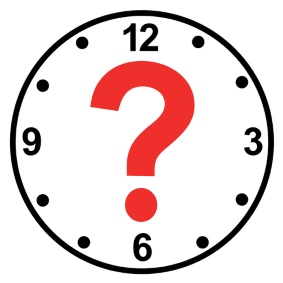
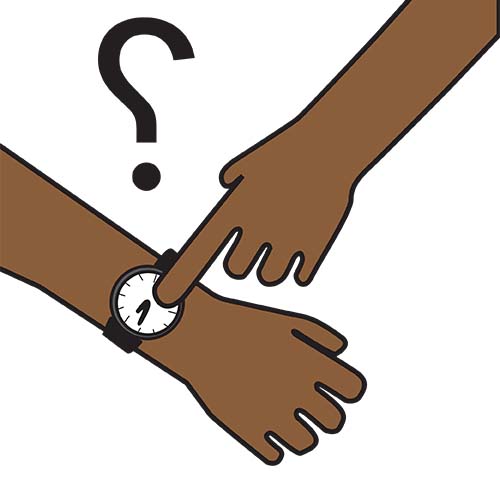
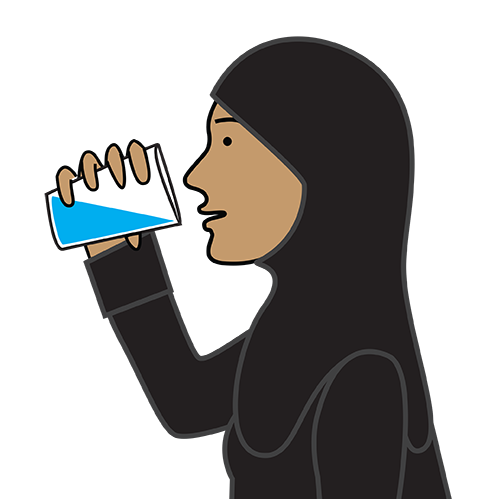
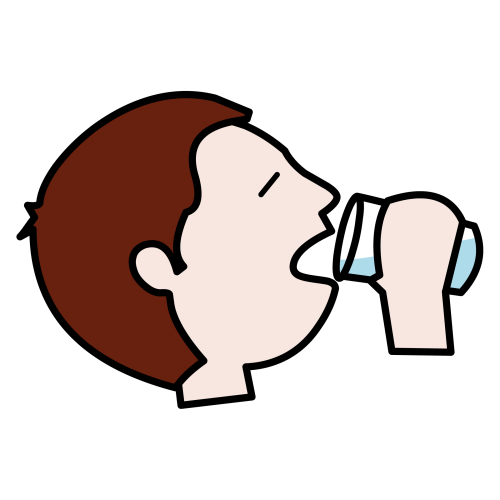
We discussed the idea of “Symbols for different settings across the world” when we were working on the Tawasol Symbols in 2016 and looked at some of the issues that W3C highlighted for web developers thinking about localisation and globalisation or internationalisation. such as:
- “Numeric, date and time formats
- Use of currency
- Keyboard usage
- Collation and sorting
- Symbols, icons and colors
- Text and graphics containing references to objects, actions or ideas which, in a given culture, may be subject to misinterpretation or viewed as insensitive.
- Varying legal requirements
- and many more things.”
We discovered that No.8 ‘many more things’ included the criteria below when working on the Tawasol Symbols and that these features came about as a result of our voting sessions with AAC users, their families, carers and the professionals working with them. 
Global Symbols aims to ensure that all the open symbols we add will have been reviewed by those using AAC and those involved in supporting AAC users in the locality where they have been developed, whilst also allowing for personalisation.
Watch this spot for all the changes we plan for the Global Symbols web site in the coming months! The first group of symbols will be coming from the UNICEF AAC cohort members – Jellow designed by those developing the app in India and cBoard, developed in Argentina and Israel, at present using the Mulberry Symbols from Straight Street that were voted on by users and AAC supporters in the UK over a period of several years.


We will be updating this blog as we add symbols and please join us on Facebook to discuss the changes! We will also be tweeting about updates
Thank you UNICEF for this very thought provoking, challenging and interesting partnership.


 “We have started to see the impact AI can have in accelerating accessible technology.
“We have started to see the impact AI can have in accelerating accessible technology. 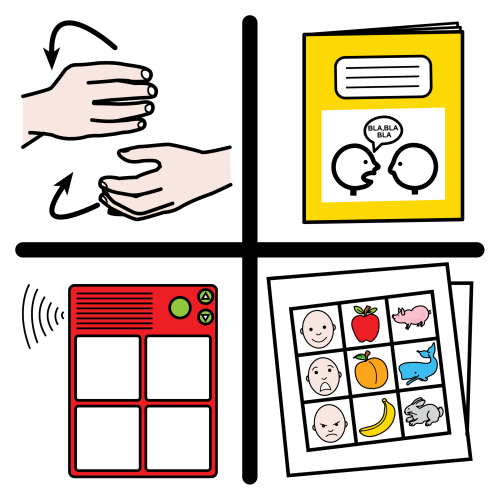 Thinking about Global Symbols there is something else to look forward to The “2018 AAC In the Cloud Conference Schedule” June 26, 2018. All sessions are broadcasted live, and will be available on YouTube afterwards. You can see a link to uploaded resources/slides/handouts on the conference home page.
Thinking about Global Symbols there is something else to look forward to The “2018 AAC In the Cloud Conference Schedule” June 26, 2018. All sessions are broadcasted live, and will be available on YouTube afterwards. You can see a link to uploaded resources/slides/handouts on the conference home page.